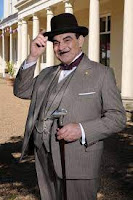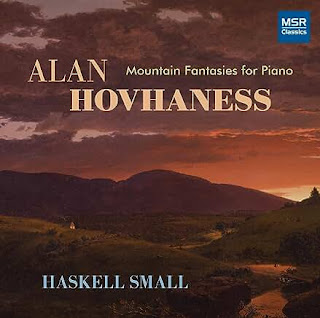by Karl Nehring
Zygmunt Noskowski: Symphony No. 1 in A major; Symphony No. 2 in C minor, “Elegiac.” Deutsche Staatsphilharmonie Rheinland-Pfalz; Antoni Wit, conductor. Capriccio C5509.
Once again we have the exquisite pleasure of discovering worthwhile music by a composer whose name had been completely unknown to us (and probably many other music lovers) until now. It turns out that the relatively unknown Polish composer Zygmunt Noskowski (1846-1909) was a teacher of Szymanowski and student of Moniuszko, and for much of the 19th century was the primary exponent of contemporary symphonic music in Poland. In fact, Noskowski is considered to be one of the most significant Polish composers of the nineteenth century, one who produced successful output in nearly all musical genres: ballet, opera, sacred works, symphonies, symphonic poems, and smaller works (including works for children), especially for piano. As if that was not enough to occupy his time, he also pursued a parallel career as a music critic and journalist.As a conductor and concert organizer, Noskowski (left) championed the causes of forgotten Polish composers. Today, in a fitting turn of events, conductor Antoni Wit (with a distinguished recorded legacy of his own), who in fact succeeded Noskowski at the helm of the Warsaw Philharmonic 94 years after Noskowski’s retirement, raises the profile of his late-Romantic colleague with this recording of his first two symphonies. So what do they sound like? Actually, they are quite enjoyable; in my own clumsy, inadequate way, I would describe them as sounding something like Schumann, but better orchestrated, richer in texture, and more satisfying both musically and emotionally. Listening to them, I found myself surprised that I had never heard them before – and I am hardly a young man. This is music that deserves to be heard by a composer who certainly deserves to be heard. To that end, I give this new release my most enthusiastic recommendation.
The Blue Album. Satie: Gymnopédie No. 1; Couperin: Les baricades mistérieuses (from Pièces de clavecin II: Ordre 6ème in B flat); Glass: Orphée's Bedroom; Brouwer: Canción de Cuna; Debussy: Suite bergamasque - Clair de lune (arr. for guitar by Eduardo Sáinz de la Maza); Weiss: Passacaille; Satie: Gnossienne No. 1 (arr. for Guitar by Pedro Henriques da Silva); Scarlatti: Keyboard Sonata K32 in D minor (transcr. for guitar); Sor: Etude for guitar, Op. 6, No. 11 in E minor; Max Richter: A Catalogue of Afternoons; Debussy: La fille aux cheveux de lin (from Préludes - Book 1: No. 8); Yradier: La Paloma (arr. for guitar by Francisco Tárrega); Myers: Cavatina (from The Deerhunter, arr. for guitar by John Williams); Sakamoto: Merry Christmas, Mr. Lawrence. Pablo Sainz-Villegas, guitar. Sony Classical 19658779092
The Spanish classical guitarist Pablo Sainz-Villegas (b. 1977) writes in the liner notes for The Blue Album that it “brings together some of the most beautiful and most heartfelt melodies that have ever been written. All these pieces create a magical atmosphere, their colours create a mood, a mystery. The guitar whispers an invitation to the listener to explore and go to the most intimate part of your soul. It creates a moment to look inside and have a conversation with the essence of yourself.” Now, that might strike some music lovers as a bit over the top, at least in terms of the feel-good pop psychology flavor of the prose, but all I can say is that Sainz-Villegas has pulled together a remarkable program of music by composers from different eras and countries, music that is soothing but not saccharine. From music by composers you might expect to find given the guitarist’s description, such as the pieces by French composers Debussy and Satie (you can watch a video of him playing Satie here), there is also music ranging from long-ago composers such as Couperin and Scarlatti to contemporary composers such as Philp Glass and Max Richter. As Sainz-Villegas puts it, “The Blue Album is a collection of musical works from different periods, composers and aesthetics that coexist and talk to each other in a space of calm and peace.” Listening to the album does indeed bring to the listener a sense of calm and peace. But there is real musical substance here, not New Age strumming. This is serious music: seriously performed and seriously recommended.


.jpg)






















